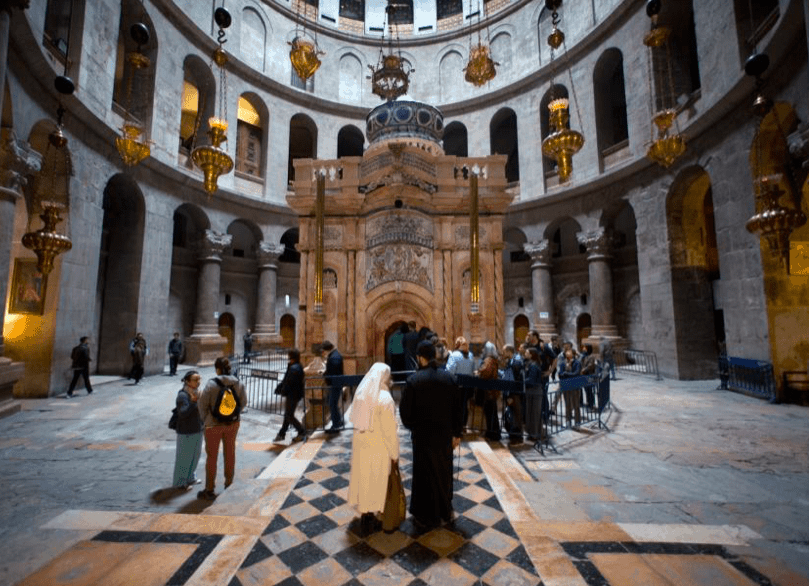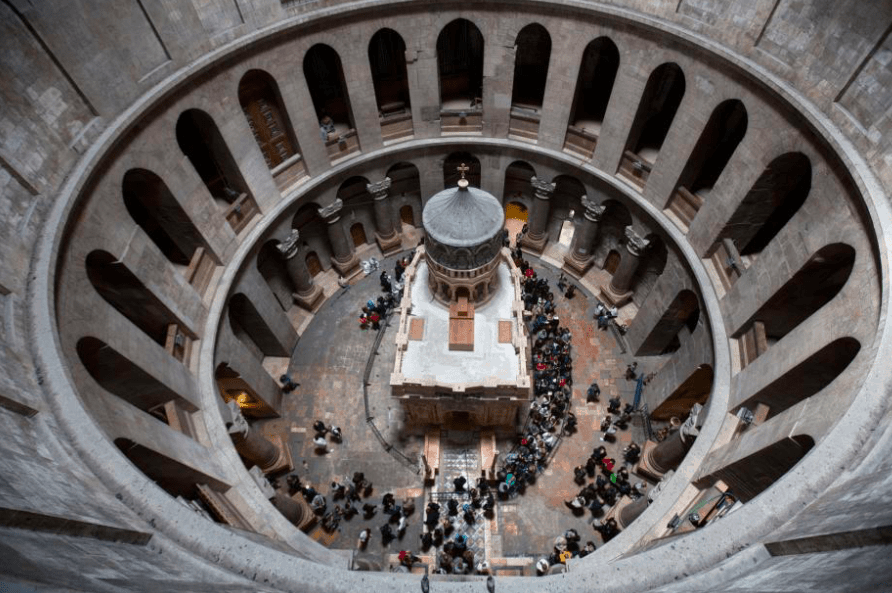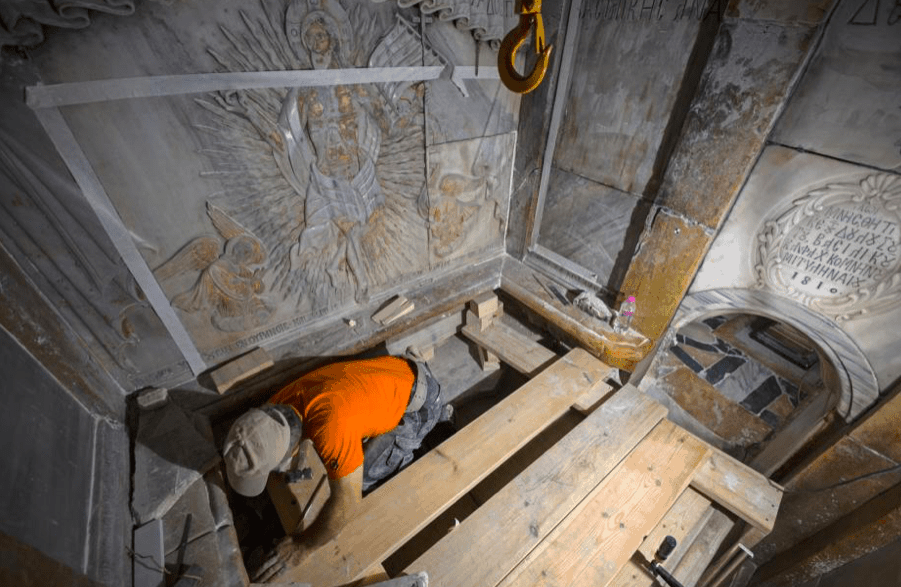New tests have found the ancient tomb believed to have once held Jesus’s body is almost 1000 years older than experts first thought.

Analysis of the limestone cave in Jerusalem’s Church of the Holy Sepulchre showed the tomb was originally built in AD 345, according to a new report by National Geographic.
Antonia Moropoulou, the chief scientific coordinator of the restoration works, said the testing was consistent with historical beliefs that the Romans built a monument at the presumed tomb of Constantine the Great circa 326.

"This is a significant finding because it confirms that it was, as historically evidenced, Constantine the Great responsible for cladding the bedrock of the tomb of Christ with the marble slabs in the edicule," said Moropoulou, a specialist in preservation from the National Technical University of Athens.
The dating of the mortar shows historical continuity at the site, stretching through the Byzantine era, the Crusades, the Renaissance period and beyond, she said.
Tradition holds that Constantine had the monument to Jesus built on what was thought to be the site of his burial as he began the Roman empire’s transition to Christianity in the fourth century AD.

The Church of the Holy Sepulchre houses the shrine today, along with the nearby presumed site of Jesus’s crucifixion – the holiest sites in Christianity.
Last October, the tomb was opened for the first time in hundreds of years when the National Technical University of Greece restored the shrine housing it.
The Greek Orthodox, Armenian and Roman Catholic denominations share custody of the church.
